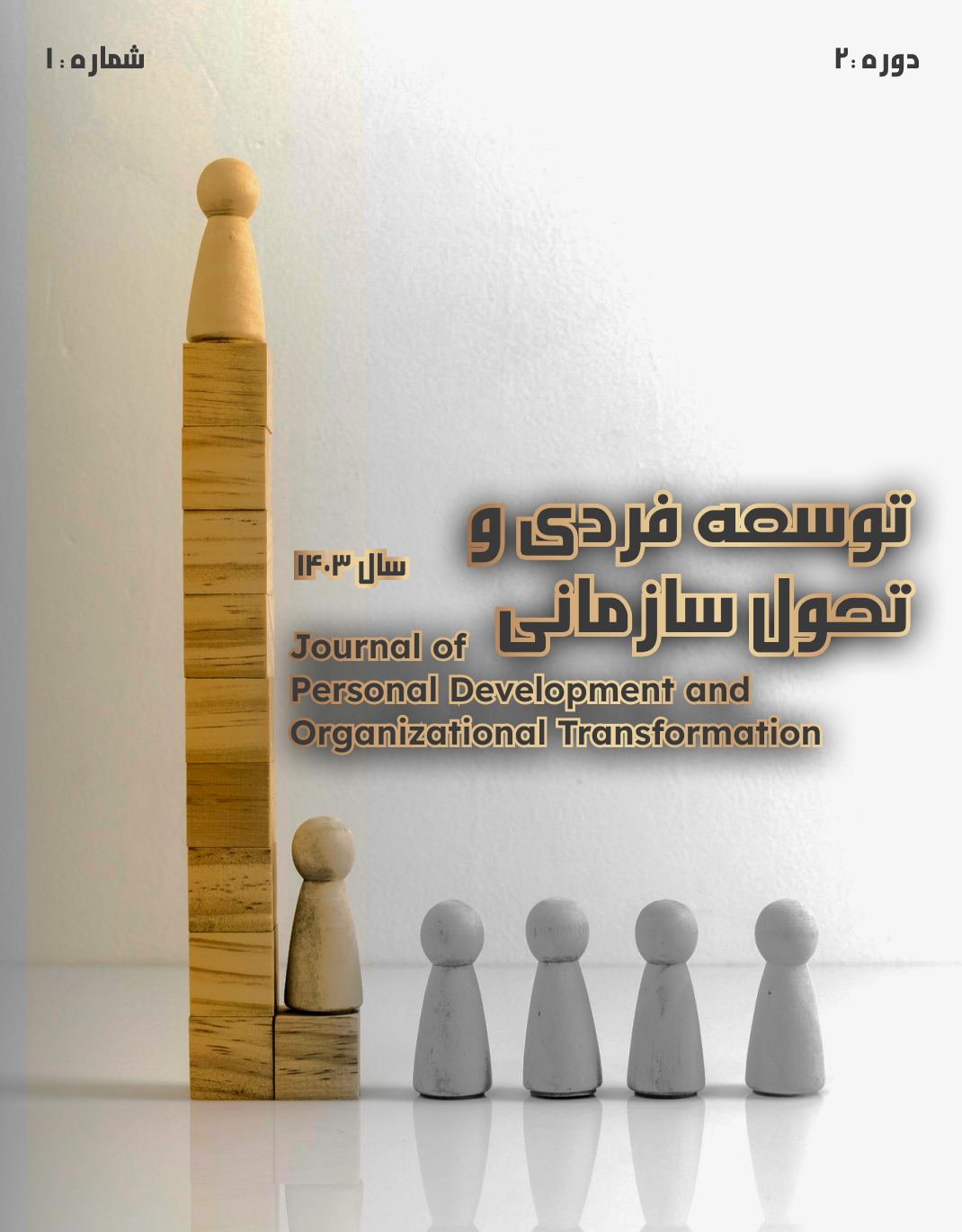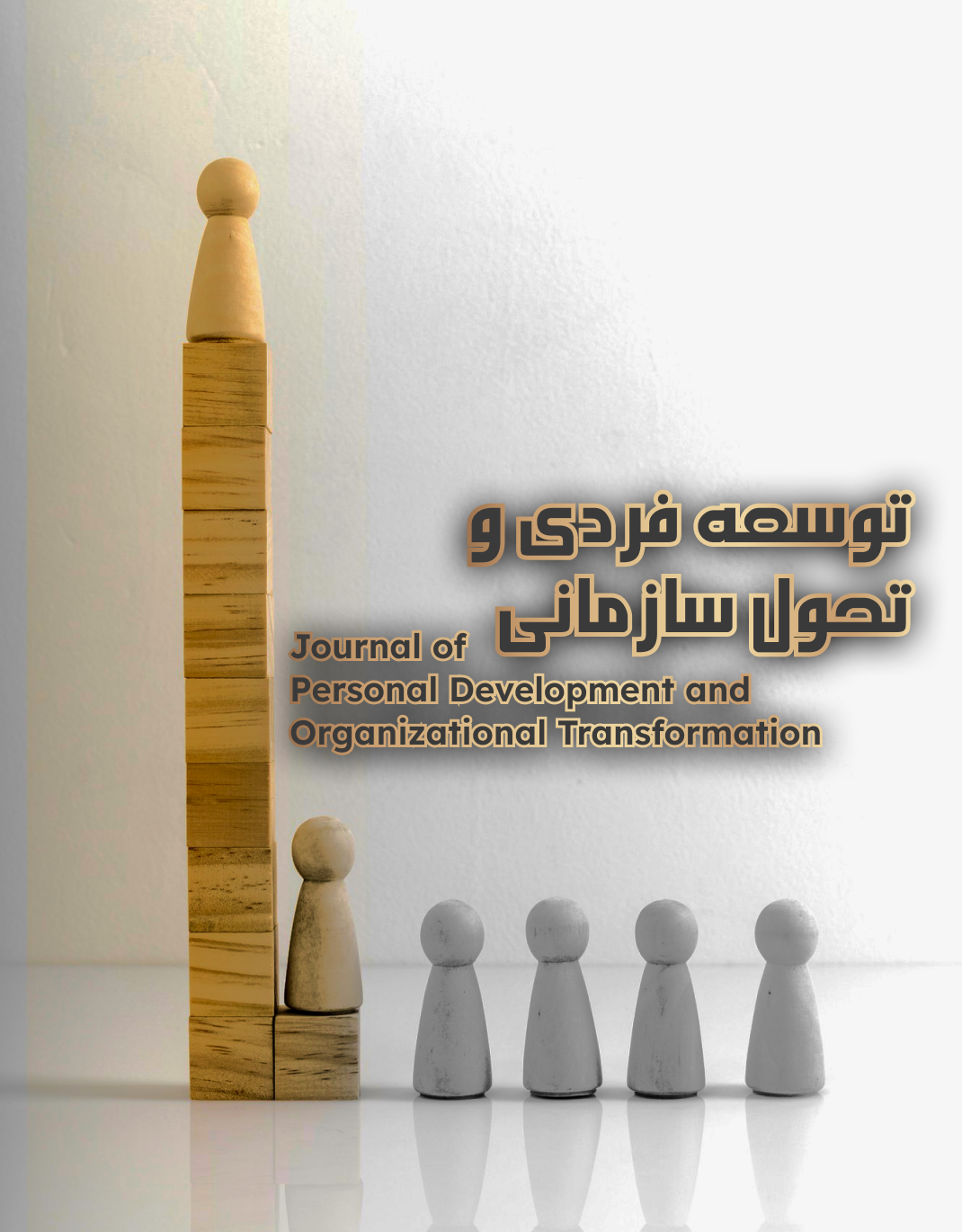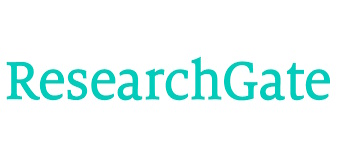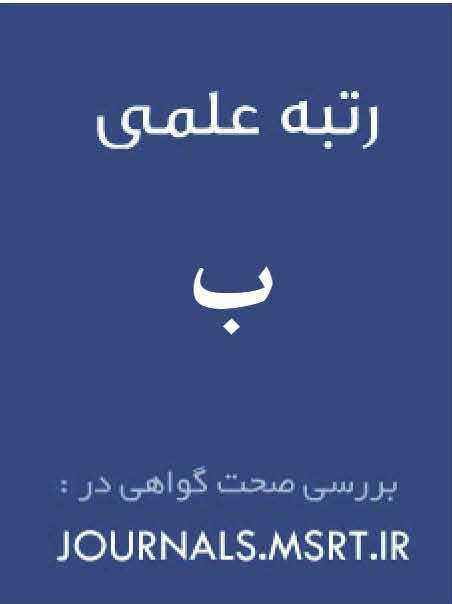رتبه بندی اهمیت عوامل موثر بر توسعه قابلیت انسانی در نظام بانکی (مورد مطالعه: شعب بانک ملی در خارج از کشور)
کلمات کلیدی:
رتبه بندی عوامل موثر , توسعه قابلیت انسانی , نظام بانکیچکیده
هدف از این مطالعه رتبه بندی اهمیت عوامل موثر بر توسعه قابلیت انسانی در نظام بانکی (مورد مطالعه: شعب بانک ملی در خارج از کشور) است. روش تحقیق حاضر به لحاظ هدف، کاربردی، به لحاظ ماهیت و شیوه اجرا توصیفی و پیمایشی است که اطلاعات آن به روش پیمایشی جمعآوری گردیده است. جامعه مورد مطالعه کارشناسان، مدیران و کارمندان شعب بانک ملی در خارج از کشور است میباشد و نمونه مورد نظر از این میان به صورت در دسترس انتخاب میشود و پرسشنامه میان این افراد توزیع میگردد. جهت گردآوری اطلاعات و دادههای پژوهش از روشهای کتابخانهای و پیمایش استفاده خواهد شد. سوالات پرسشنامه بر اساس هر یک از شاخصهای مطالعه و بر اساس مقالات موجود در این زمینه در مقیاس زوجی تنظیم گردیده است و اعتبار آن توسط کارشناسان و خبرگان تاییدگردید. در آمار استنباطی با استفاده از آزمون رتبه بندی زوجی و نرم افزار اکسپرت چویس به بررسی نتایج پرداختیم. بر اساس نتایج بدست آمده از رتبه بندی عوامل مطالعه حاضر متوجه شدیم عامل مهارت ارتباطی عمومی و دانش حرفهای بیشترین اهمیت را در توسعه قابلیت انسانی در بانک ملی در خارج از کشور دارا هستند.
دانلودها
مراجع
Binh, T. V., Duong, L. N. K., Thy, N. G., & Khoa, H. D. (2023). CSR, marketing capabilities and human resource development: The endogenous role of network capabilities. European Journal of Training and Development, 47(7/8), 695-710. https://doi.org/10.1108/EJTD-02-2022-0014
Chowdhury, S., Dey, P., Joel-Edgar, S., Bhattacharya, S., Rodriguez-Espindola, O., Abadie, A., & Truong, L. (2023). Unlocking the value of artificial intelligence in human resource management through AI capability framework. Human Resource Management Review, 33(1), 100899. https://doi.org/10.1016/j.hrmr.2022.100899
Farndale, E., Paauwe, J., Boselie, P., & Horak, S. (2025). Corporate Scandals as Punctuating Events That Change Human Resource Roles. Journal of Management, 51(3), 967-998. https://doi.org/10.1177/01492063231226137
Fauzan, R., Harsono, K., Meisandy, R. P., Barokah, M., & Muhaimin, M. I. (2024). Optimising Human Resource Management as an Effort to Improve Employee Performance through Digital Attendance. Riwayat: Educational Journal of History and Humanities, 7(1), 16-25. https://doi.org/10.24815/jr.v7i1.36412
Horvat, D., Jäger, A., & Lerch, C. M. (2025). Fostering innovation by complementing human competences and emerging technologies: an industry 5.0 perspective. International Journal of Production Research, 63(3), 1126-1149. https://doi.org/10.1080/00207543.2024.2372009
Hoseinzadeh, E., & Rahimi, G. (2022). Presenting a model for measuring the capabilities of human resource strategy in government organizations. International Journal of Nonlinear Analysis and Applications, 13(2), 939-951. https://ijnaa.semnan.ac.ir/article_6412.html
Inomjonovna, R. I. (2023). Human Capabilities-Social Development Is A Product. Journal of new century innovations, 22(1), 119-124.
Leoni, S. (2025). A historical review of the role of education: From human capital to human capabilities. Review of Political Economy, 37(1), 227-244. https://doi.org/10.1080/09538259.2023.2245233
Nankervis, A. R., & Cameron, R. (2023). Capabilities and competencies for digitised human resource management: Perspectives from Australian HR professionals. Asia Pacific Journal of Human Resources, 61(1), 232-251. https://doi.org/10.1111/1744-7941.12354
Piwowar-Sulej, K. (2021). Human resources development as an element of sustainable HRM-with the focus on production engineers. Journal of Cleaner Production, 278, 124008. https://doi.org/10.1016/j.jclepro.2020.124008
Saaedi, A., Shakibaei, A., & Ahang, F. (2021). Analysis and Evaluation of the Effect of Social Capital on Improving Strategic Human Resource Capabilities for the Development of Organizational Financial Performance. The First International Conference on the Leap in Management Sciences, Economics, and Accounting, Sari. https://en.civilica.com/doc/1464257/
Seyed Naghavi, M. A., & Rafati Alashti, K. (2021). Analysis of Human Resource Development Status Based on HR Practices in High-Reliability Organizations Using Clark's Approach. The Seventeenth International Conference on Human Resource Development, Tehran. https://en.civilica.com/doc/1386075/
Tseng, T. H., Blagojević, N., & Stojadinovic, B. (2024). Modeling post-disaster residential mobility considering human capabilities. 18th World Conference on Earthquake Engineering (WCEE 2024), https://www.researchgate.net/publication/382343524_Modeling_Post-Disaster_Residential_Mobility_Considering_Human_Capabilities
Venkatapuram, S. (2020). Human capabilities and pandemics. Journal of Human Development and Capabilities, 21(3), 280-286. https://doi.org/10.1080/19452829.2020.1786028
Young, S. L., Wiley, K. K., & Searing, E. A. (2025). Nonprofit Human Resources: Crisis Impacts and Mitigation Strategies. Nonprofit and Voluntary Sector Quarterly, 54(1), 176-202. https://doi.org/10.1177/08997640241251491
دانلود
چاپ شده
ارسال
بازنگری
پذیرش
شماره
نوع مقاله
مجوز
حق نشر 2024 Iraj Sardari Baf (Author); Seyed Reza Seyed Javadin; Mojtaba Amiri, Tahmoors Hassangholipour (Author)

این پروژه تحت مجوز بین المللی Creative Commons Attribution-NonCommercial 4.0 می باشد.







